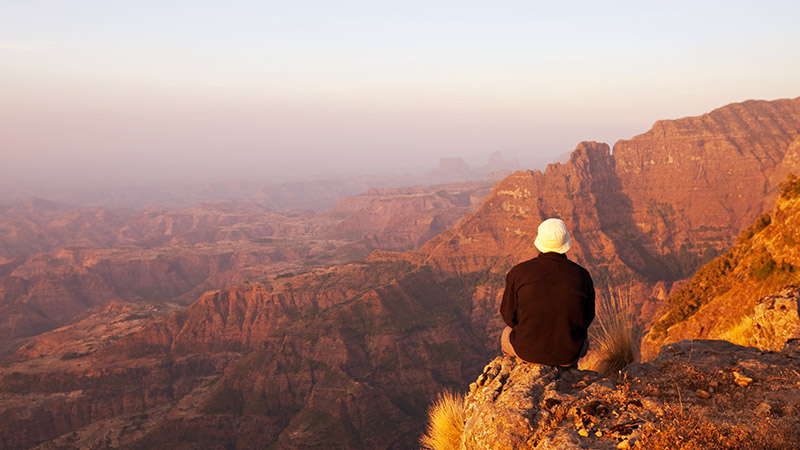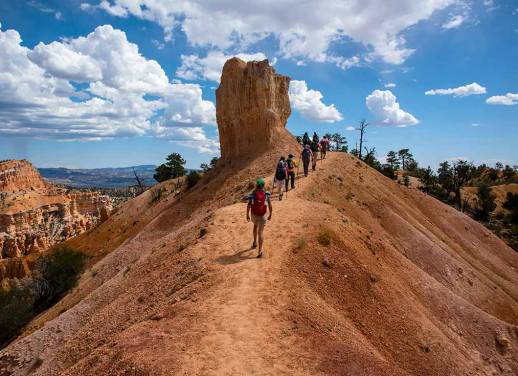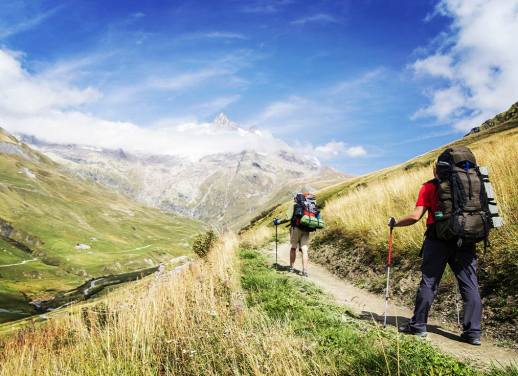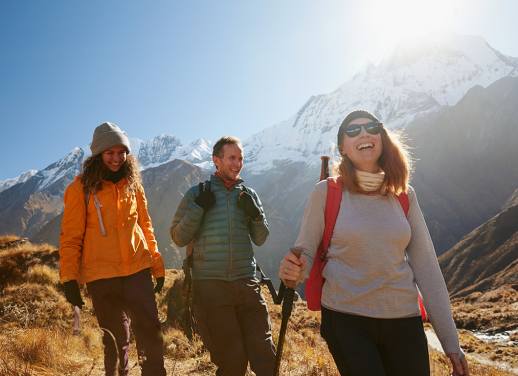Having travelled independently around plenty of Northern and Southern Africa, it wasn’t with too much trepidation that I thought about heading east for the first time. Ethiopia appealed as somewhere a little bit different from its neighbours, more renowned for its people, history and melting pot of cultures than wildlife safaris. The intriguing stories of Rastafarianism and the origins of humanity, unusual wildlife and the call of the Simien Mountains proved too enticing to ignore in the end.
Arriving into Addis Ababa, it was the people – and more specifically, how many of them there were – that surprised me first. The population of Ethiopia is now over 100 million, and from first glance, it seemed like most of them lived right here in Addis. Chaotic, dirty and noisy, it wasn’t where I planned on spending much time.
My goal was to head to the quieter, more remote Simien Mountains in the north of this vast country. Two days of cramped local bus rides later, I bounced, bumped and rolled into the mountain town of Debark, the gateway to the Simien Mountains.
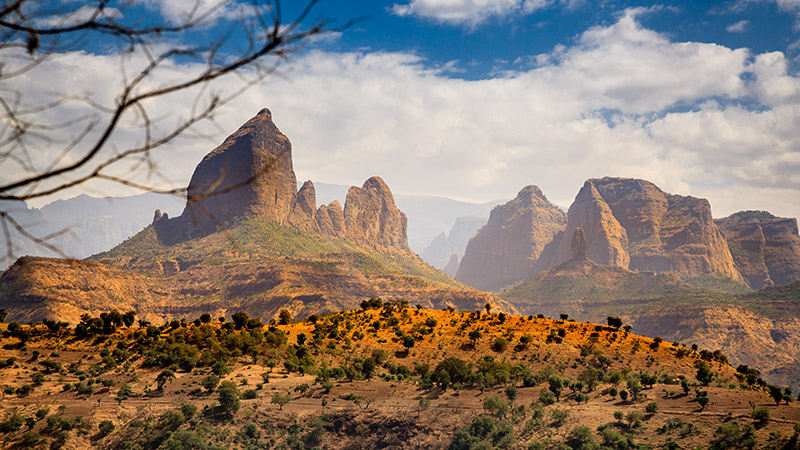
Having survived both the manic capital city and travelling through the equally manic towns of Bahir Dar and Gondar, I must admit that I was looking forward to somewhere a little more tranquil. In my mind, I had visions of McLeod Ganj in the Indian Himalayas or Samaipata in Bolivia. Peaceful little towns in which to stock up on delicious snacks and hike off into the distance, whistling to my heart’s content. Debark is not one of those towns.
Before I’d even descended the steps of the overflowing bus, I was harangued and harassed from all sides. In broken English and Aramaic, a language which I have no understanding of, I was bombarded with information about hotels, transport companies, mountain guides, and asked for money, t-shirts and school books. It was low season, and tourists were scarce game.
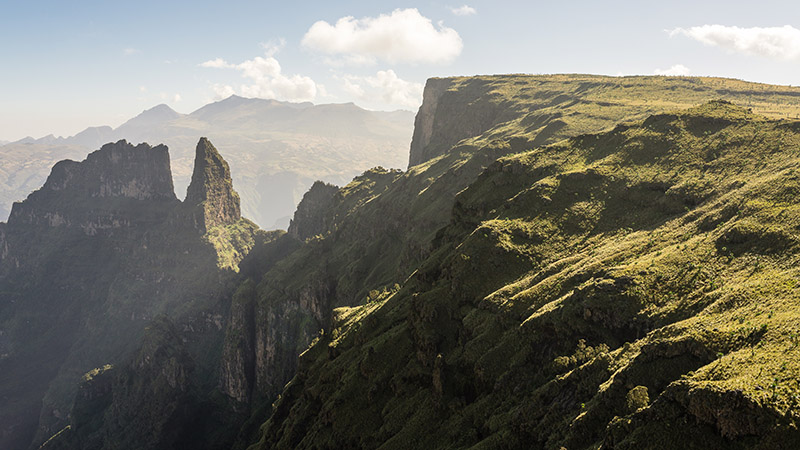
Thankfully, I’d come armed with information. I needed to go directly to the Simien Mountains National Park administrative headquarters, pay for a permit for the number of days I wanted to hike for, and pay a mandatory scout for that same amount of days too. The official party line is that the armed scout is there for protection from the wild animals, but Ethiopia has also had its security concerns over the past few decades and does have some unstable neighbours – Sudan, Somalia, etc.
At the headquarters, I was immediately set upon once again by locals wanting to be my guide though it isn’t mandatory to have one in the park. My scout, Arah, spoke 4 words of English (yes, good, check and stop), so if you’d like a little more conversation then getting a guide is a good idea as their grasp of English is generally better.
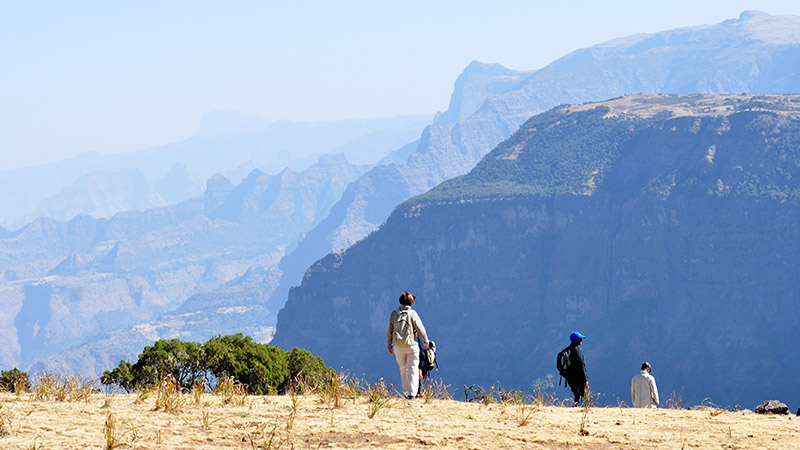
There are lodges to sleep in inside the park, but they are basic; not much more than a tin shed with 10 beds inside, no electricity, water or toilets, and nowhere to buy or cook any food. You will have to carry with you any food, water and clothes that you’ll need for your hike. Debark is absolutely full of people, but doesn’t have any shops other than hole-in-the-wall stores. As a result, my diet for 3 days of trekking consisted of plain bread, biscuits and bananas, all of which I had to carry in addition to water, clothes, a sleeping bag and anything else I thought that I might need. Getting to Debark and sorting myself out in preparation for the Simien Mountains had been a real challenge, and the hike hadn’t even begun yet.
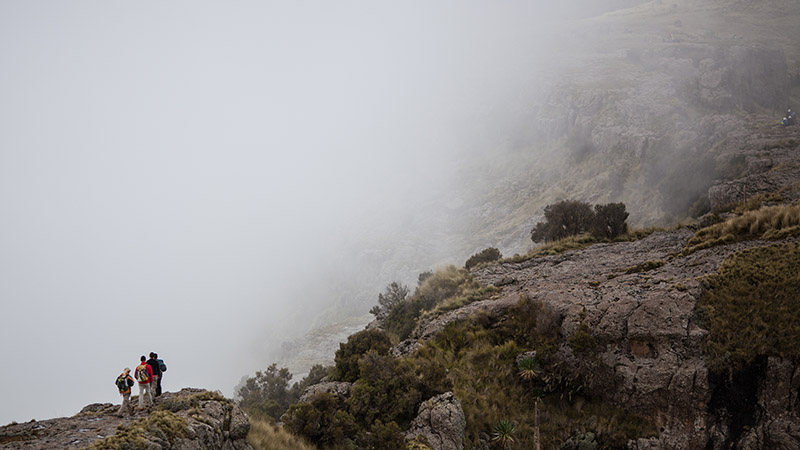
Thankfully the hike itself was spectacular. The scenery is dramatic in the extreme, with stomach-turning cliffs dropping away, and birds of prey soaring on the thermals above them. Curiously-shaped rock pinnacles pierce the horizon, and waterfall-carved valleys stretch up to grassy plains spotted with palms and cacti. It’s with good reason that this region of Ethiopia is known as the roof of Africa, as most of the hike was spent between 3,000 and 4,000 metres.
Ethiopia has numerous endemic species, and I was lucky enough to encounter whole troops of Gelada baboons – the only grass-eating baboons left in the world – as well as the Ethiopian wolf, the rarest canid in the world. The solitude in such a pristine natural environment was wonderful, especially given the endless seas of over-populated agricultural land which has taken over 95% of the country. The huts were very basic, and very cold at night – it gets down to freezing in winter so I was glad I’d taken some warm clothes, but really helped to make the experience was it was; a genuinely authentic, off the beaten track adventure.
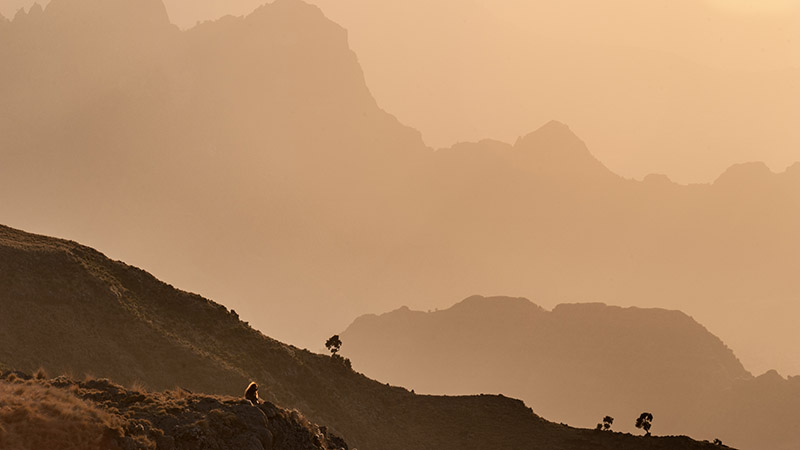
Despite all the trials and tribulations of getting there, the Simien Mountains themselves made everything worthwhile. The scenery at every turn is incredibly dramatic, though daunting, and any nature or wildlife lovers out there will be richly rewarded for their efforts in reaching the roof of Africa. I would describe myself as a fairly confident traveller, but there were quite a few times during my trip when I wish that I’d left the organisation to a tour company. Ethiopia is a fascinating, chaotic, emotionally-challenging but rewarding country, and the Simien Mountains are far more spectacular in reality than they look in pictures. But my advice would be: if you want to discover them without the considerable stress involved in travelling independently, an organised trip would be the perfect way to experience the country. If you are interested to read more about Ethiopia, here are our top facts.
If all of this sounds a little too much and you’d like someone to organise this epic adventure for you, why not check out our 13-day Incredible Ethiopia trip?
All images c/o – Shutterstock

